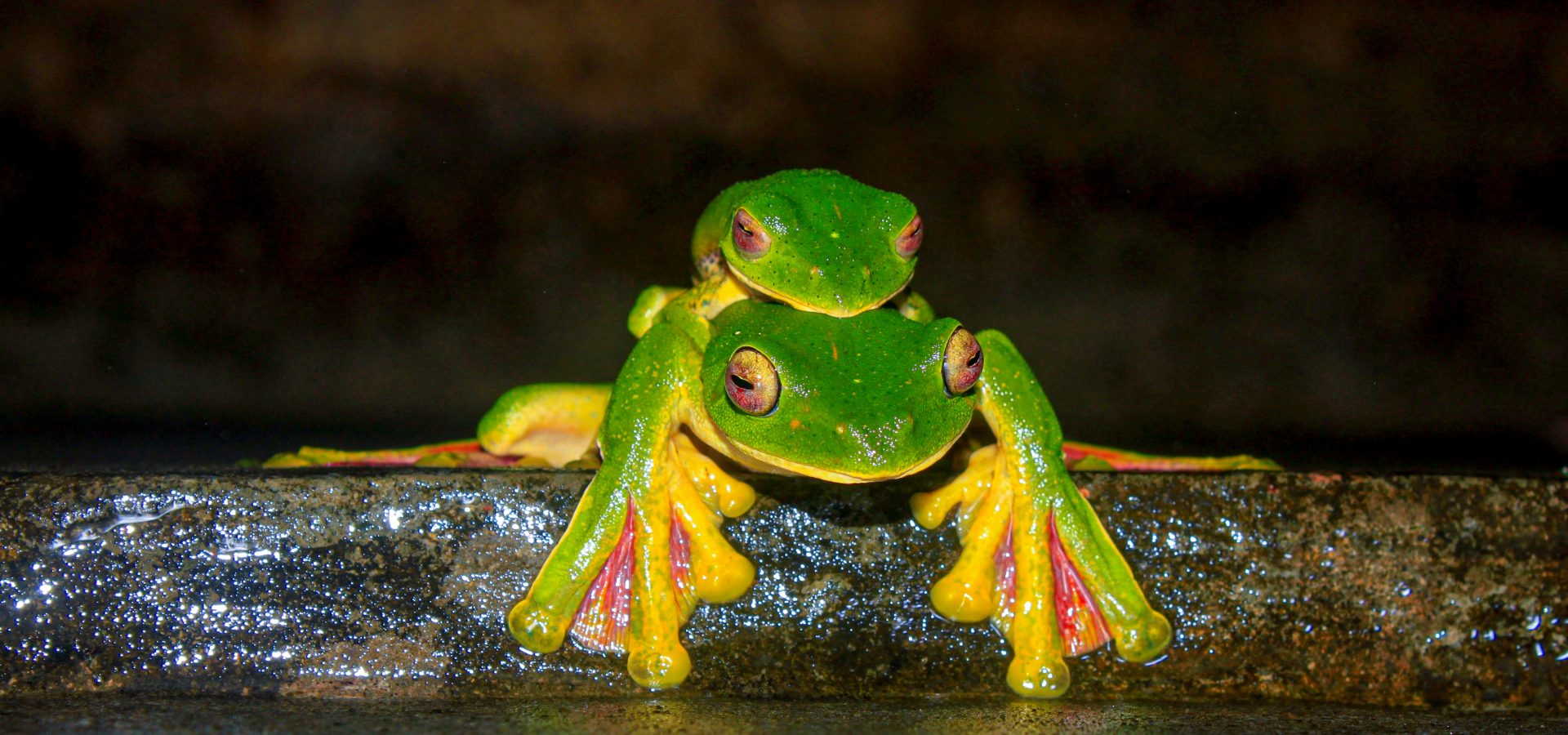Evolution literally took a leap when the successors of fish began to occupy the land. Amphibians, an entire group that can transition between aquatic and land life, took over from the first land-inhabiting species of fish nearly 365 million years ago!
Hopping from branches into puddles, there’s so much more to the amphibian world than meets the eye. The slimy-skinned species sure have their own share of mysteries. As we celebrate Amphibian Week, let’s hop along to explore these wonders of nature!
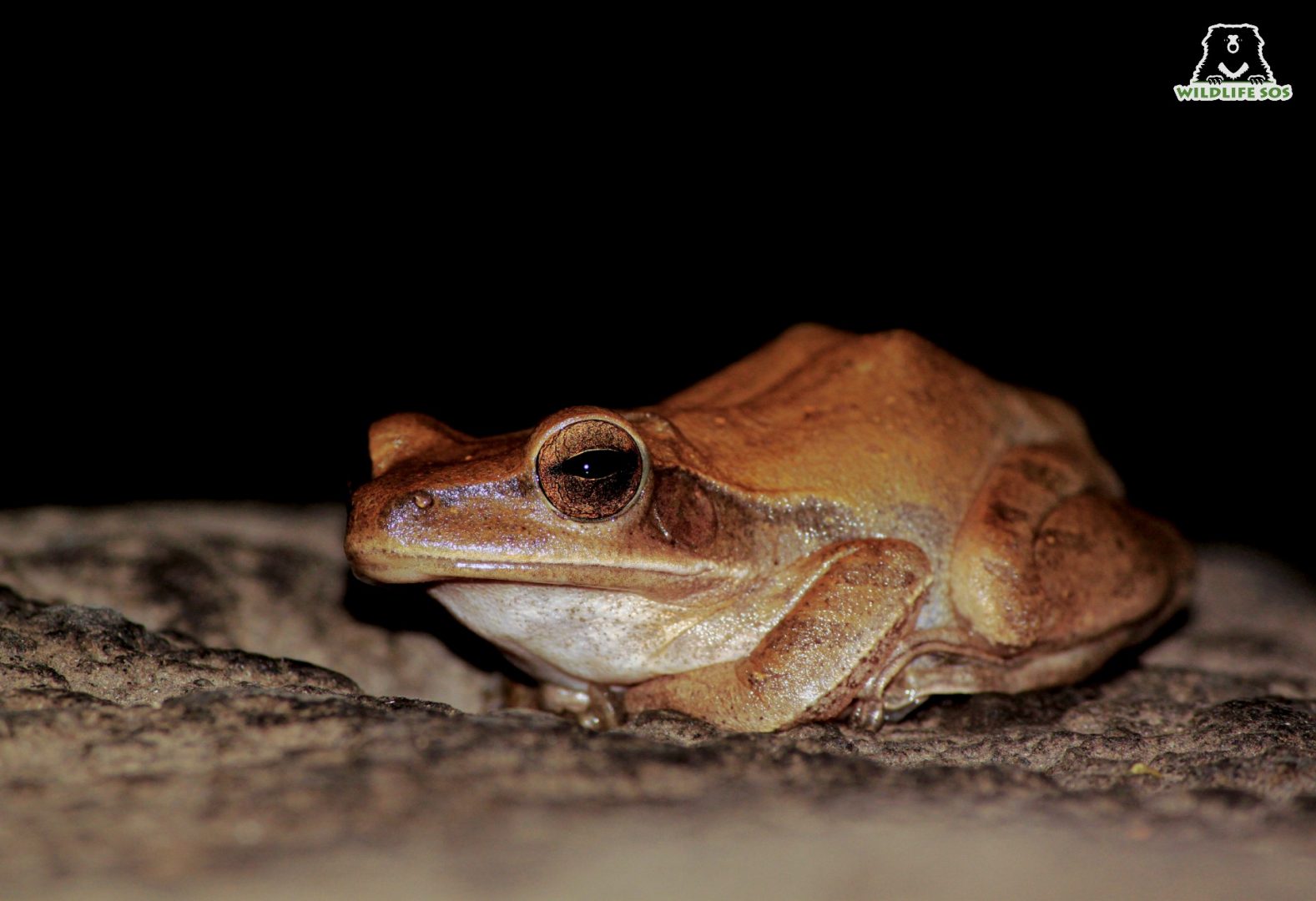
Classifying Amphibia
Amphibia comprises three major taxonomic groups: anurans, caudates, and gymnophiones (or apoda). Here’s how you can easily identify them!
i) Anurans – The most commonly known group of amphibians, anurans constitute frogs and toads. Distinguished by their short trunk and large heads (shown in the image), these amphibians have an unequal length of limbs and no tails. Long hindlimbs and webbed digits allow them to make impressive leaps to either escape predators or catch prey. Fun Fact: the Malabar Gliding Frog can make a glide at a height of up to 10 meters!
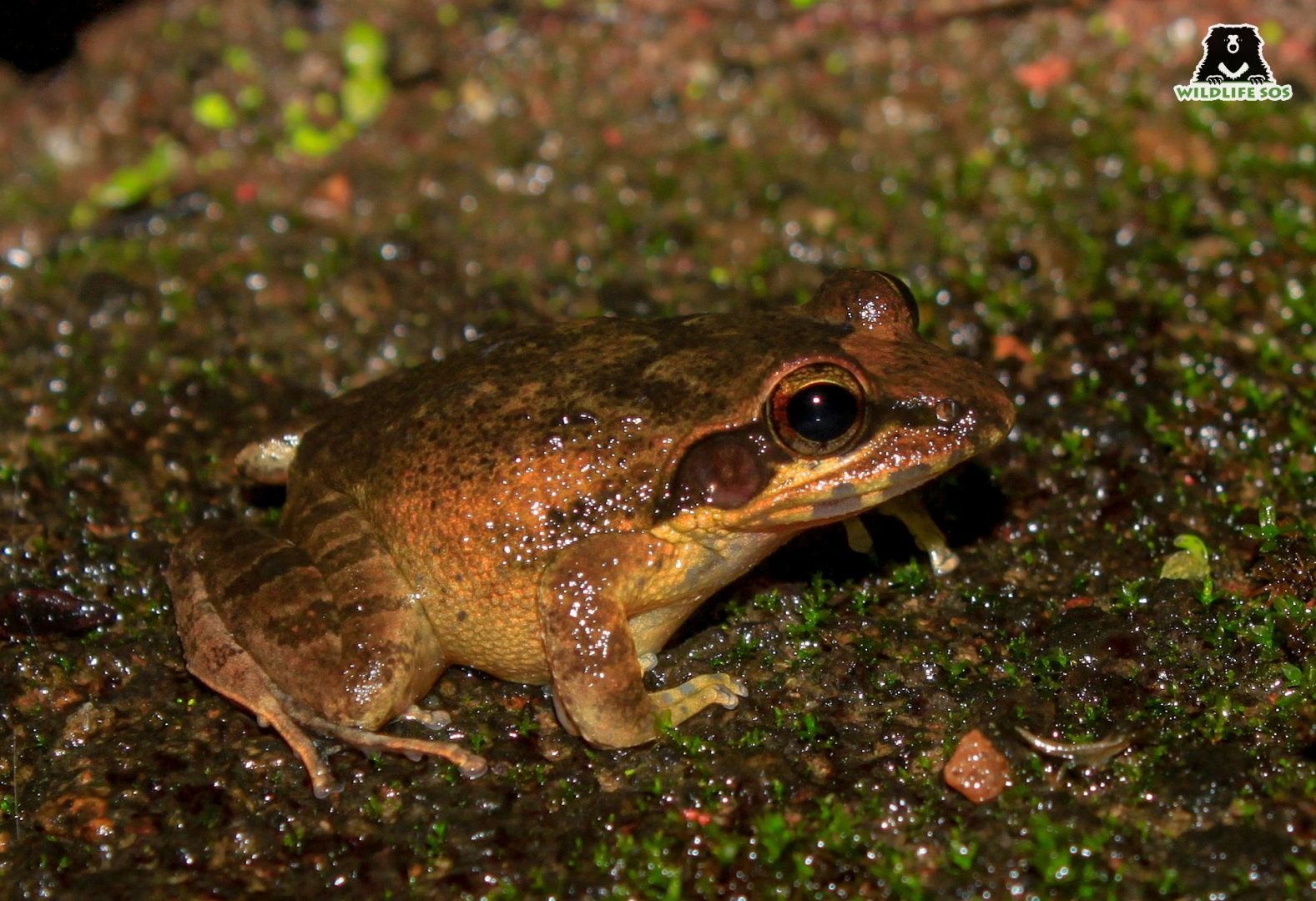
ii) Caudates – This group largely comprises salamanders and newts, amphibians with almost equal-sized-limbs and long tails. These species are commonly mistaken to be lizards. Did you know that India’s National amphibian is the Himalayan Newt a.k.a. Crocodile Salamander?
iii) Apoda – These consist of caecilians, a group that can be identified as having worm-like bodies, but lacking limbs. They resemble earthworms and have ring-like patterns all over their body.
Distribution And Habitat
The distribution of frogs and toads is wide, however, salamanders, newts, and limbless caecilians are still being discovered. Almost three new amphibian species are being discovered every week! Humankind has so far been able to successfully identify about 8,680 extant amphibian species. The majority of these are anurans (nearly 88 percent), followed by caudates (about 9 percent), and caecilians (almost 3 percent). While frogs occupy most habitats around the world, including numerous islands, salamanders are found only in the northern regions. Little is known of the caecilians, only to be found in major biodiversity hotspots of the world. Amphibia has the ability to survive in almost all habitats, except marine waters and icescapes.
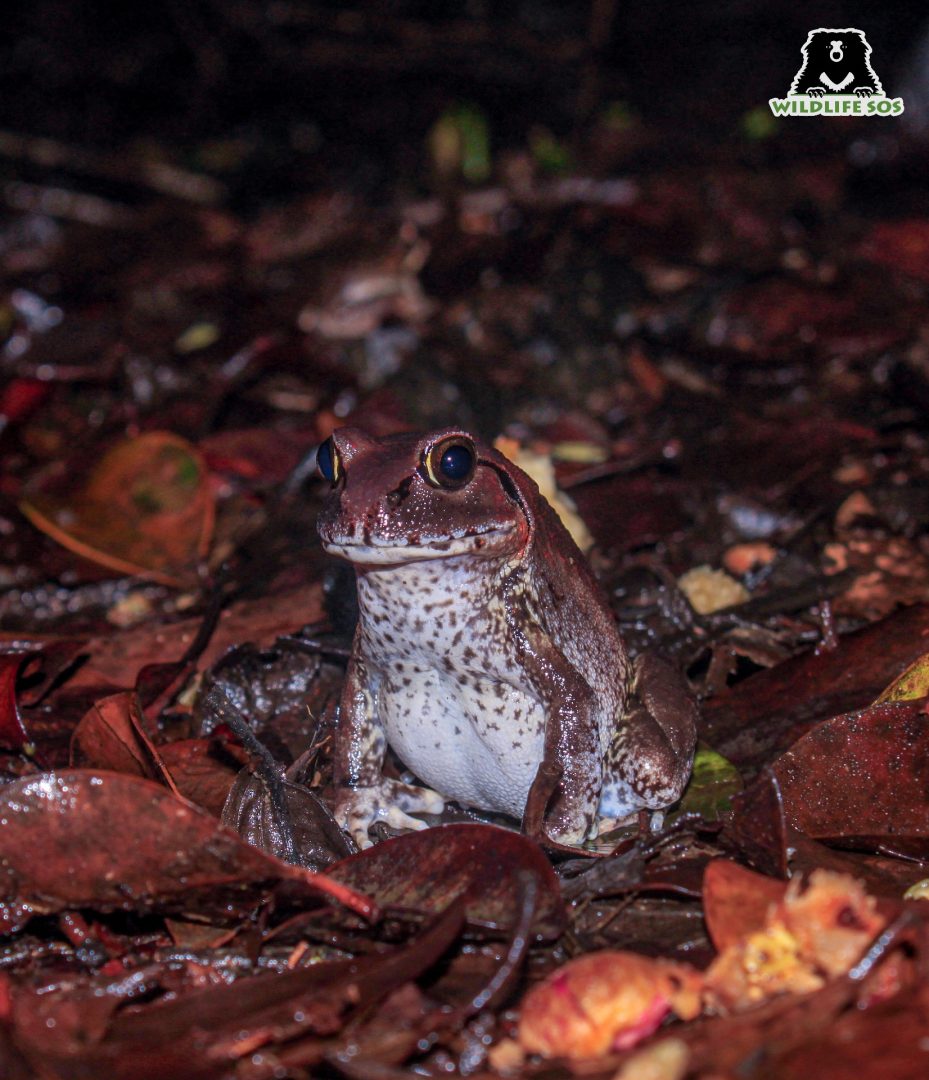
Of all amphibian species inhabiting India, 50 percent are endemic – meaning, they are only found in India! India’s two crucial biodiversity hotspots – Eastern Himalayas and the Western Ghats – are home to numerous amphibians. Zoological Survey of India (ZSI) undertook a survey in 2020 to enlist the existing species in the country. By producing a checklist of Indian amphibians, they took a remarkable step towards awareness and knowledge of this lesser-known group. The team has identified 447 species belonging to 16 families. As per the IUCN Red List, most species lie in the “grey zone,” meaning data is either deficient or they haven’t been assessed yet. While 2 percent are “Near Threatened”, 5 percent “Vulnerable”, 8 percent “Endangered”, and 4 percent “Critically Endangered”. These numbers are a small window into what the actual facts are! Lost Amphibians of India (LAI) is a campaign that is involved in the discovery of various species alongside strenuous conservation efforts.
Morphological Marvels!
Despite their distinct appearances, all amphibians share a common characteristic: their moist skin. This skin serves as a major source of respiration, and also produces protective secretions that are toxic. This prevents them from becoming easy prey.
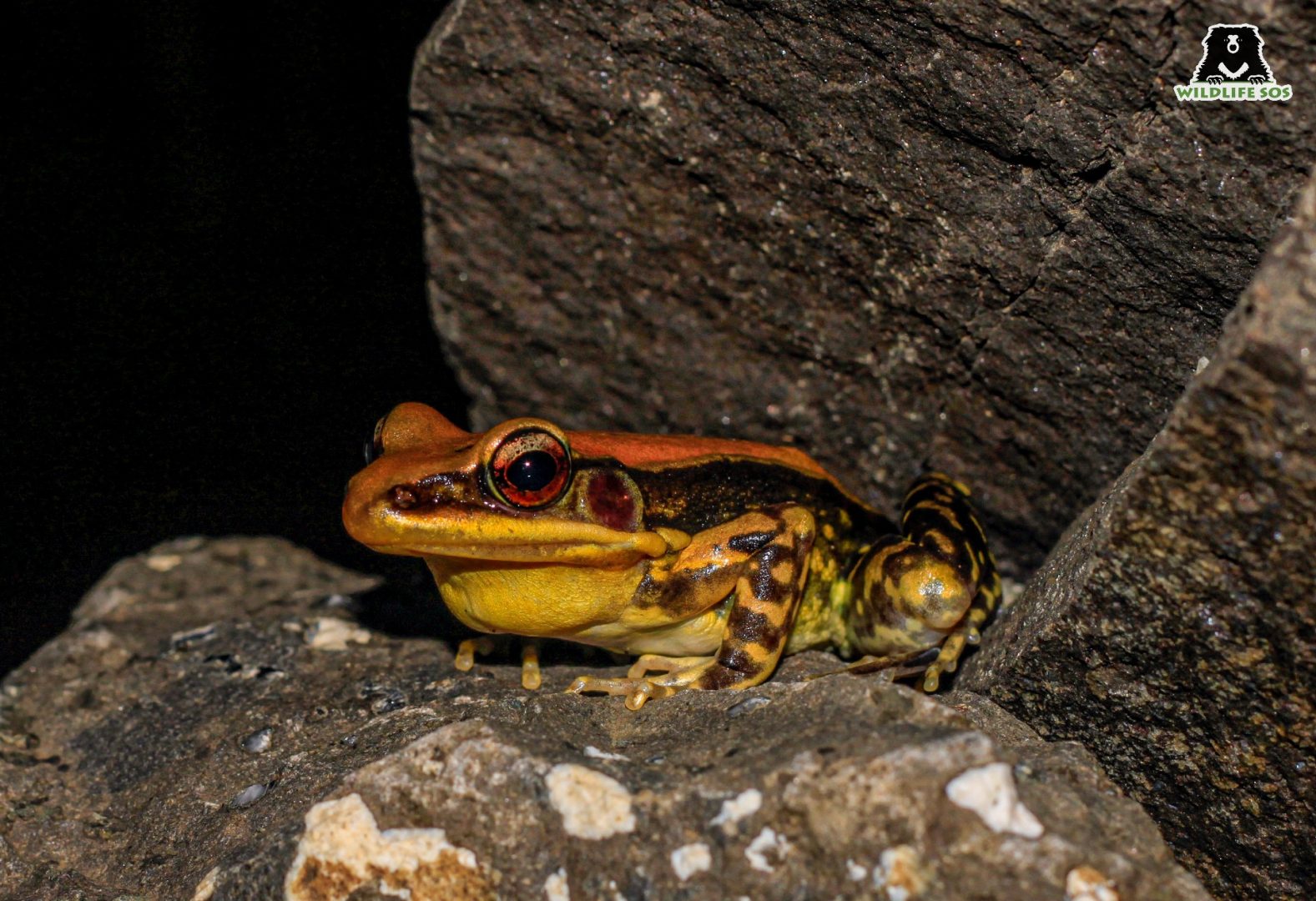
Amphibians exist in all shapes, sizes, forms, and colours! The smallest frog measures only about 7 mm and the largest one is almost 32 cm in length. From the blazing shades of the Fire Salamander to the vivid, green hues of tree frogs, the presence of a variety of pigments results in bizarre and intricate patterns shining along their skin.
Reproductive Behaviours
Numerous species of amphibians rely on aquatic habitats for their reproductive cycle. Some, like frogs, lay eggs, they produce then go through several developmental stages before transforming into adults – a process known as metamorphosis. Few salamanders remain at a larval stage throughout their life! Caecilians, on the other hand, are viviparous; meaning they give birth to their young ones, not in eggs.
To find their mate, amphibians emit a variety of vocal, visual, tactile, and chemical signals. Frogs are widely known to use acoustic signals to attract the intended, with each individual capable of producing a variety of calls. Some calls are intended to advertise courtship, other ones may be reciprocatory, while some may be made in distress. The presence of elastic vocal sacs allows the sound to resonate on a high level. On several occasions, frogs use these sounds to defend their territory and interact with other males over mating rights.
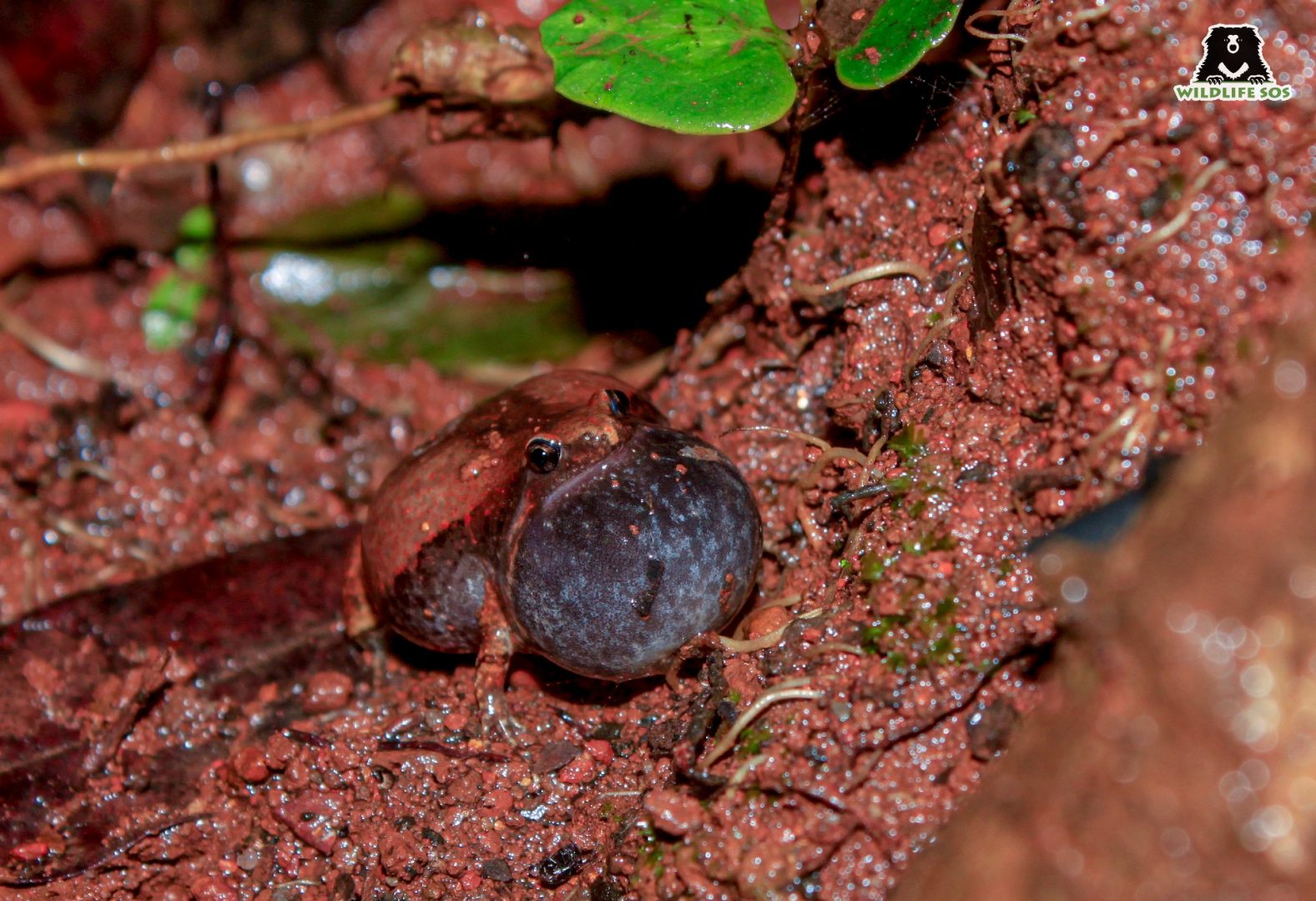
Some amphibian species exhibit external fertilization, while the others fertilize their eggs internally. The male Malabar Gliding Frog is much smaller than the females and prefers to position itself in amplexus to mate. The female then deposits her eggs in water, tree cavities, on leaves, or under the soil – with or without forming nests. Climatic factors, such as temperature and rainfall, are major determinants when it comes to reproduction. Many species portray strong parental care to ensure the survival of their young ones by attending to their nest or egg, brooding them, transporting them, feeding them, and guarding them.
Importance In Nature
All adult amphibians predate on invertebrates, like insects and slugs. They themselves form a rich source of diet for reptilian, avian, and mammalian species. Numerous amphibians are significant in biomedical and environmental research. Being sensitive to any change in their surroundings, they are used as bio-indicators by scientists to understand environmental change.
In the words of the biologist and natural historian, Sir David Attenborough, “Reptiles and amphibians are sometimes thought of as primitive, dull and dim-witted. In fact, of course, they can be lethally fast, spectacularly beautiful, surprisingly affectionate, and very sophisticated.”
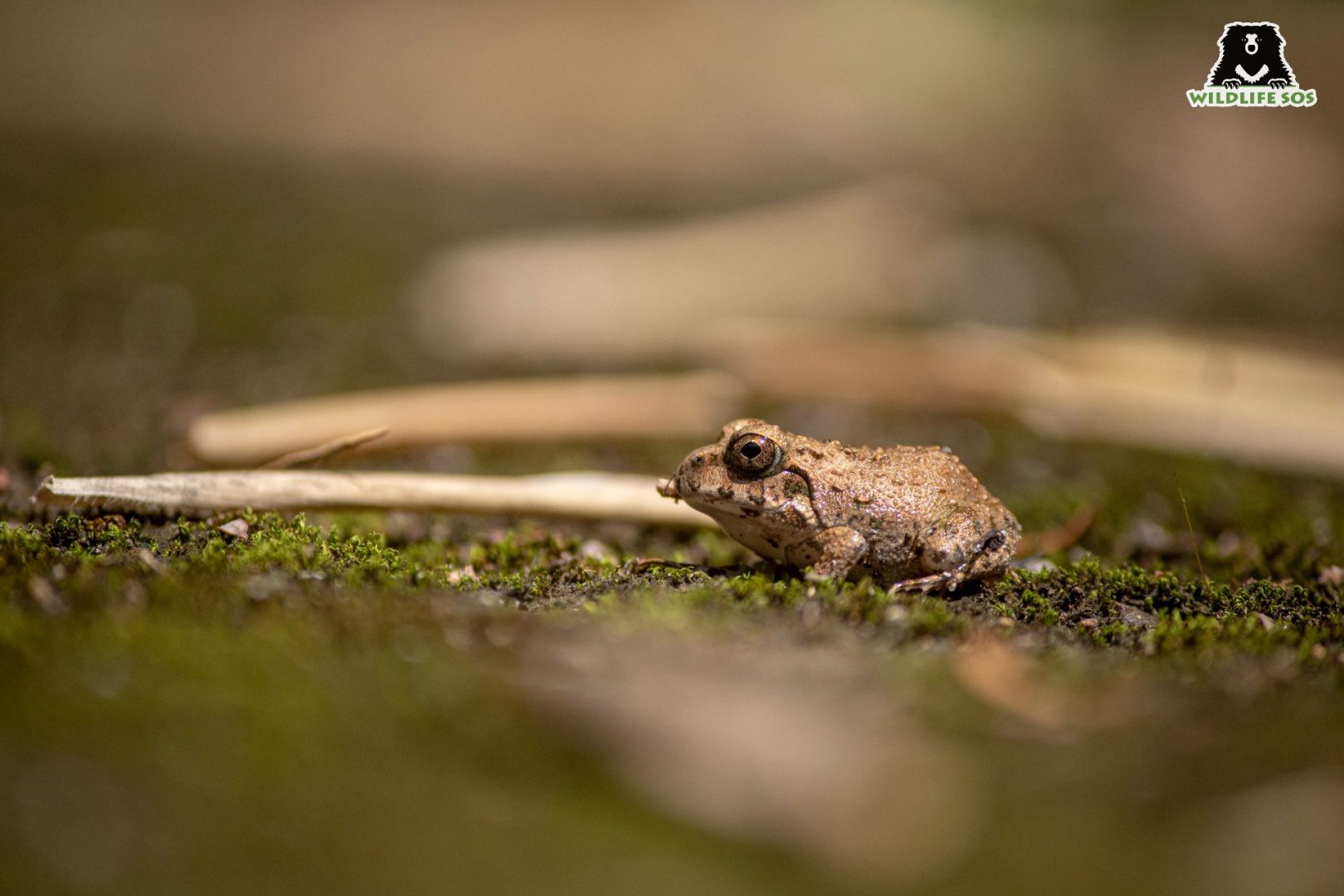
Under Threat
While numerous of them occupy the nooks and crevices of the wild, the amphibian population around the globe is, in fact, declining. Moreover, the taxon faces a much greater risk of extinction than any other vertebrate. In the Greek language, the word amphibian means “double life” because they experience two habitats. They are, therefore, threatened by the dangers that both their habitats face. Scientists estimate that over 40 percent of the species are severely threatened by natural as well as anthropogenic factors.
Amphibians heavily depend upon microhabitats and microclimatic conditions. Today, the environment is crumbling due to habitat loss and fragmentation, invasive species, loss of prey base, over-extraction, and pollution. Conversion of land, urbanization, road expansion, and deforestation significantly contribute to the loss of their natural habitat. Moreover, a biological threat from chytrid fungus also severely threatens the amphibian world.
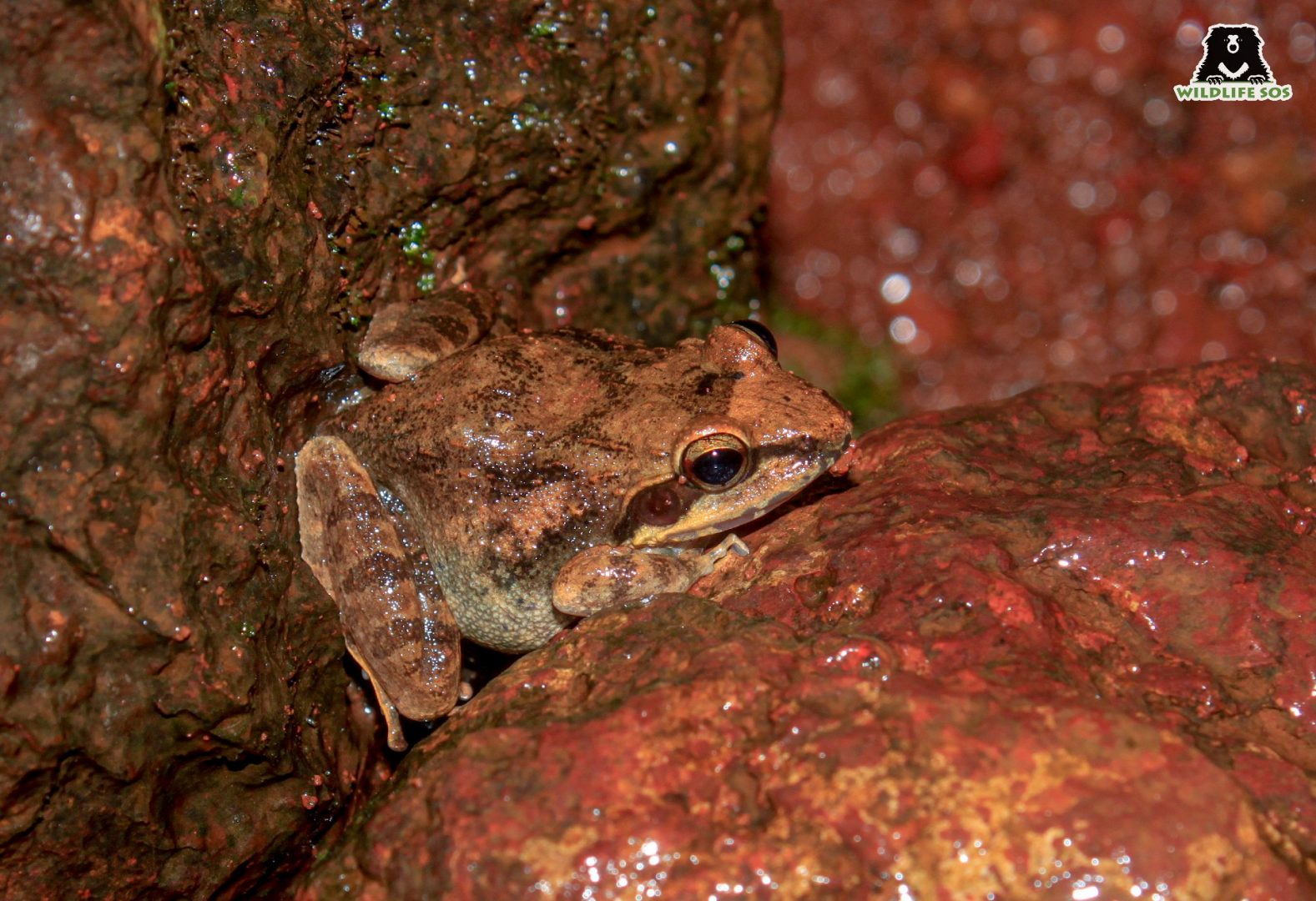
Conservation And Protection
As forest area declines, amphibian species now commonly inhabit urban regions. Being unaware of them, people often ill-treat them. Wildlife SOS often comes across herpetofauna species in distress. Our Rapid Response Unit, based in four major cities of India, works around the clock to rescue animals. If you are in the following regions and come across any animal in distress, please reach out to our team immediately:
Delhi NCR – +91-9871963535
Agra & Mathura in Uttar Pradesh – +91-9917109666
Vadodara, Gujarat – +91-9825011117
Jammu & Kashmir – +91-7006692300, +91-9419778280
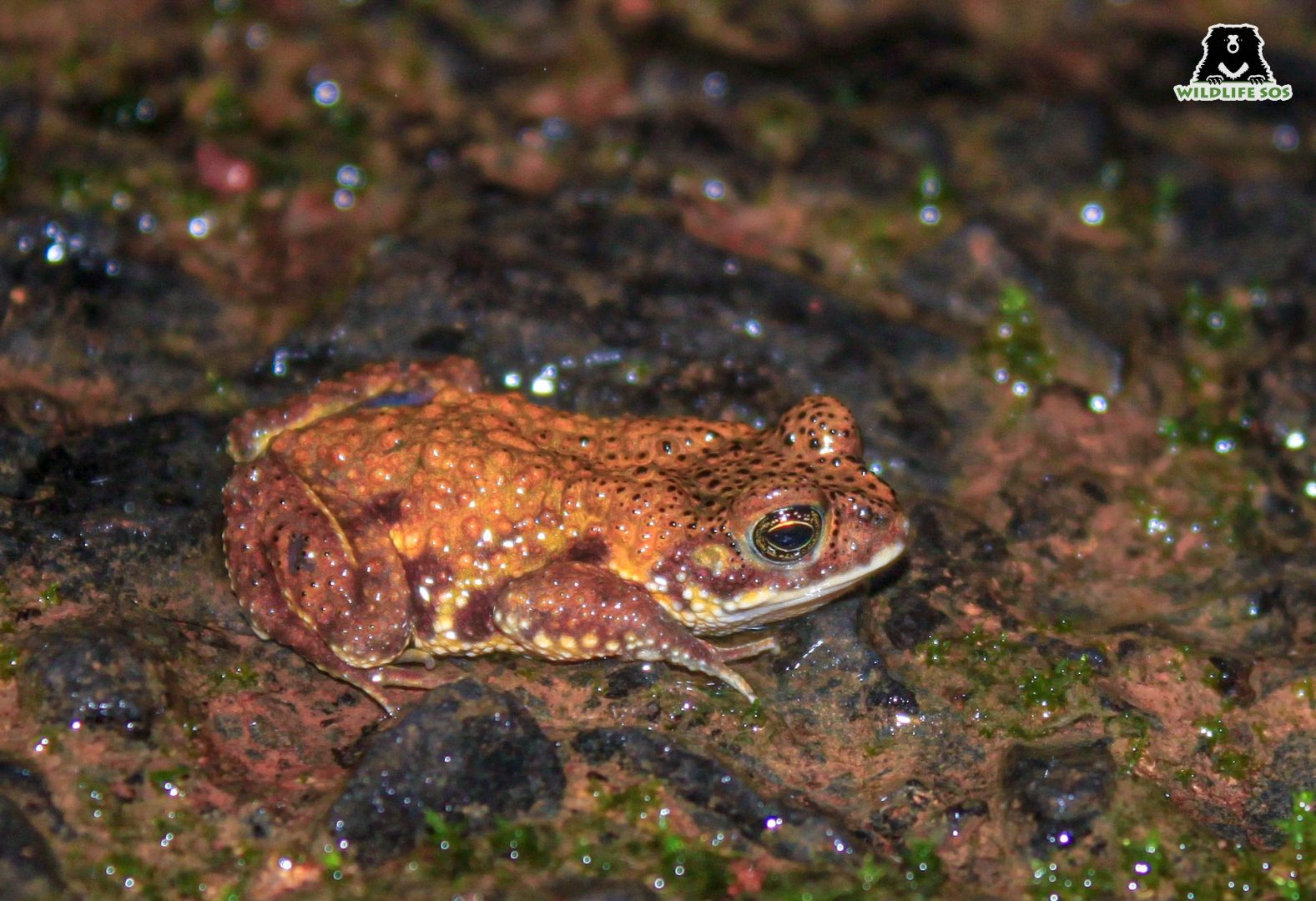
Awareness is key to conserving amphibians inhabiting the wild; it always helps to be a part of conversations around wildlife conservation. With this guide on amphibians, you can now acknowledge and admire their contribution to our ecosystem!

